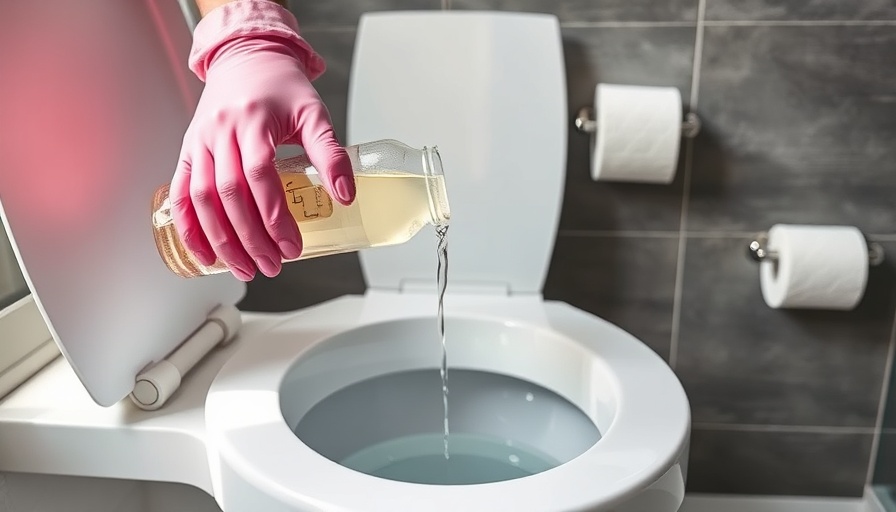
The Ultimate Toilet Plunging Hack: Stay Clean and Fresh!
Clogged toilets can be a nightmare for any homeowner. The unpleasantness of dealing with a bathroom mess is enough to make anyone cringe. But what if I told you there’s a simple, no-mess solution that can save you from the horrors of traditional plunging? This unique method not only keeps your bathroom clean but also protects you from harmful bacteria commonly found in toilet water.
Understanding the Mess: Why Traditional Plunging is a Chore
Plunging a toilet is synonymous with frustration and disgust for many. When you plunge, the fear of splash-back from dirty toilet water can indeed turn your bathroom into a potential health hazard. Bacteria like E. coli and salmonella thrive in toilets, exposing you and your loved ones to infectious dangers. To successfully tackle this common home repair issue, it’s crucial to have effective tools and techniques at your disposal and to understand how to minimize mess and maintain hygiene at every step.
Introducing the Garbage Bag Plunger Hack
One of the most innovative solutions to this age-old problem is the garbage bag trick. Not only is it incredibly simple, but it can literally save you tons of mess! Here’s how to do it:
- Grab a sturdy garbage bag big enough to cover the toilet bowl.
- Cut a small hole in the center, just large enough for the plunger handle to fit through.
- Insert the plunger into the garbage bag and drape the bag over the toilet seat, covering the entire bowl.
Now when you plunge, any splashes are contained within the bag, preventing them from escaping onto your floor or walls. Once you’re done, carefully remove the bag (keeping the messy side folded inward) and toss it in the trash. Finish by disinfecting the plunger and thoroughly washing your hands. Voilà! You’ve unclogged your toilet without a mess!
Alternative Solutions When a Plunger is Unavailable
Don’t have a plunger handy? No problem! There are several alternative methods you can employ to unclog a toilet:
- Hot Water and Dish Soap Method: Squirt a generous amount of dish soap into the toilet bowl and allow it to sit for a few minutes. Then, pour a bucket of hot (but not boiling) water from waist height into the bowl. The soap helps break down the clog, and the force of the water pushes it through.
- Baking Soda and Vinegar Trick: Pour a cup of baking soda followed by two cups of vinegar into the toilet. Let this fizzy mixture work its magic for about 30 minutes before flushing with hot water for a fresh start.
If none of these methods work and the clog persists, don’t hesitate to call a professional plumber. It can save you from potential damage to your plumbing system, which may cost you more in the long run.
Why Knowing These Hacks Is Essential
Understanding how to effectively deal with toilet clogs can save you time, money, and unnecessary stress. Not only will these methods help you avoid messy situations, but they also promote a healthier and safer home environment. Ignoring plumbing issues can result in bigger problems down the line, including overflowing toilets or severe plumbing issues. Knowledge is power, and being prepared is the best approach.
Your Call to Action: Turn Knowledge Into Action!
Now that you have a solid grasp of how to tackle toilet clogs with minimal mess, don’t hesitate to pass this information onto friends and family. Sharing these effective home maintenance tips can empower others to address plumbing issues confidently and with ease. Ensure your plumbing knowledge repertoire includes practical solutions like the garbage bag plunger hack—your future self will thank you!
 Add Row
Add Row  Add
Add 




Write A Comment